Chinese scientists recently obtained the first information about the ancient magnetic field on the far side of the Moon, through the analysis of lunar soil samples brought back by the Chang'e 6 mission.
The research team found that the intensity of the lunar magnetic field may have rebounded around 2.8 billion years ago, challenging the previously accepted conclusion that the lunar magnetic field sharply decreased around 3.1 billion years ago and remained in a low-energy state thereafter. The finding was published online in the journal Nature on Friday.
"The magnetic field is a key element in maintaining a planet's habitable environment. It not only shields cosmic rays but also protects the atmosphere and water, making it an important factor in creating a suitable environment for life to thrive," said Cai Shuhui, a member of the research team from the Institute of Geology and Geophysics at the Chinese Academy of Sciences.
Earth's liquid outer core conducting fluid is an iron-nickel alloy containing light elements such as sulfur, with high electrical conductivity. Due to the extreme temperature and pressure conditions inside the Earth, it remains in a liquid state within a certain depth range. The movement of conducting fluid in the liquid's outer core inside a planet acts like a generator to produce a magnetic field.
"The Moon also once had a magnetic field generator similar to the Earth's. Therefore, understanding the evolution of the Moon's magnetic field generator is of significant importance in revealing the Moon's internal structure, thermal history and surface environment," Cai explained.
Research into the intensity of the ancient magnetic field from the samples returned by the Apollo program indicates that the Moon may have had a relatively active generator producing a magnetic field between 4.2 and 3.5 billion years ago. This field decreased by an order of magnitude around 3.1 billion years ago, then remained in a low-energy state before the Moon's generator eventually ceased operation sometime after 1 billion years.
Recently, academician Zhu Rixiang, associate professor Cai and their colleagues from the Institute of Geology and Geophysics, along with a research team from the National Astronomical Observatory of the Chinese Academy of Sciences, conducted magnetic studies on four allocated millimeter-sized basaltic rock fragments brought back by the Chang'e 6 lunar probe, which returned to the Earth with 1,935.3 grams of lunar samples collected from the previously unexplored far side of the Moon on June 25.
They discovered that the Moon's magnetic field may have experienced a rebound around 2.8 billion years ago, suggesting that the Moon's generator may have been reinforced after an early sharp decline.
"The reason for this rebound could be a change in the primary energy source of the generator or a restrengthening of the initial driving mechanism," Cai said.
"The data fill in a billion-year gap in the evolution of the lunar paleomagnetic record and provide the first paleomagnetic measurements from the lunar far side," a reviewer for the journal Nature said. "The authors are to be congratulated on a historic study that provides a major advance in our understanding of lunar magnetism."
The evolution history of the Moon's magnetic field is markedly different from that of the Earth's, the research team said.









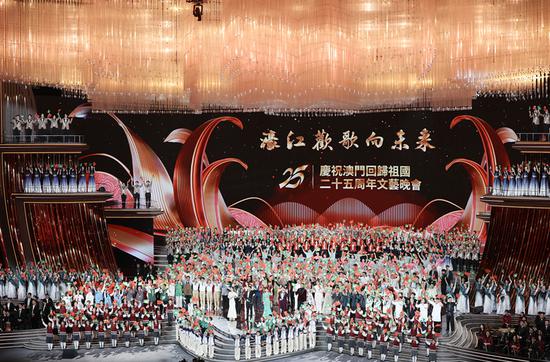
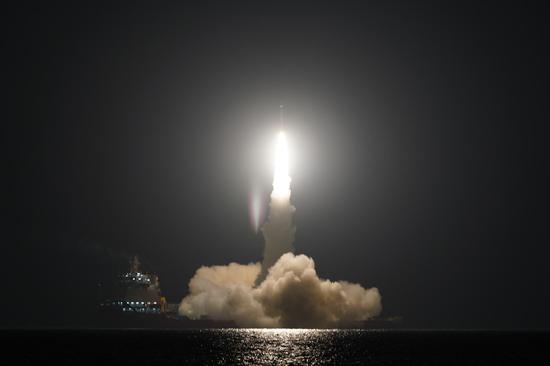








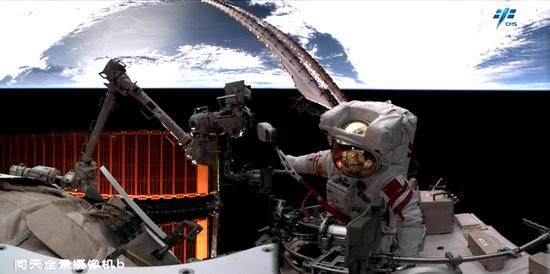





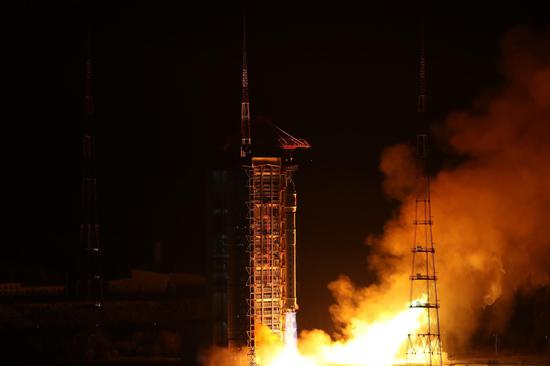


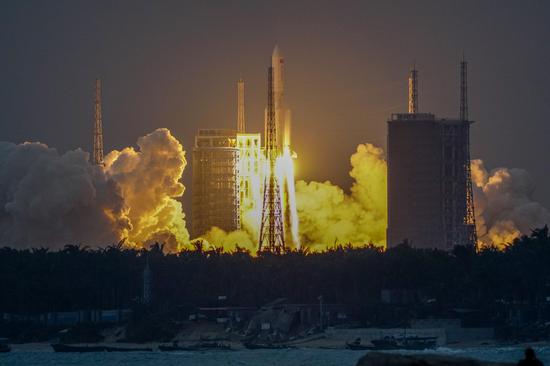











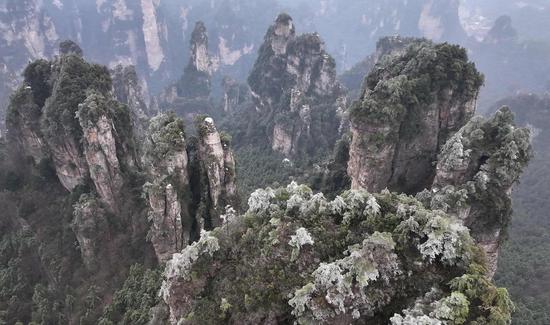



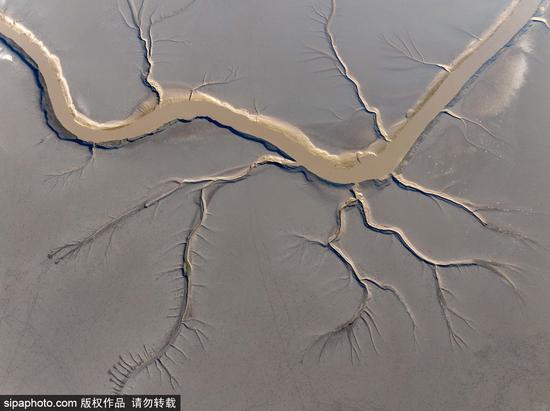





 京公网安备 11010202009201号
京公网安备 11010202009201号